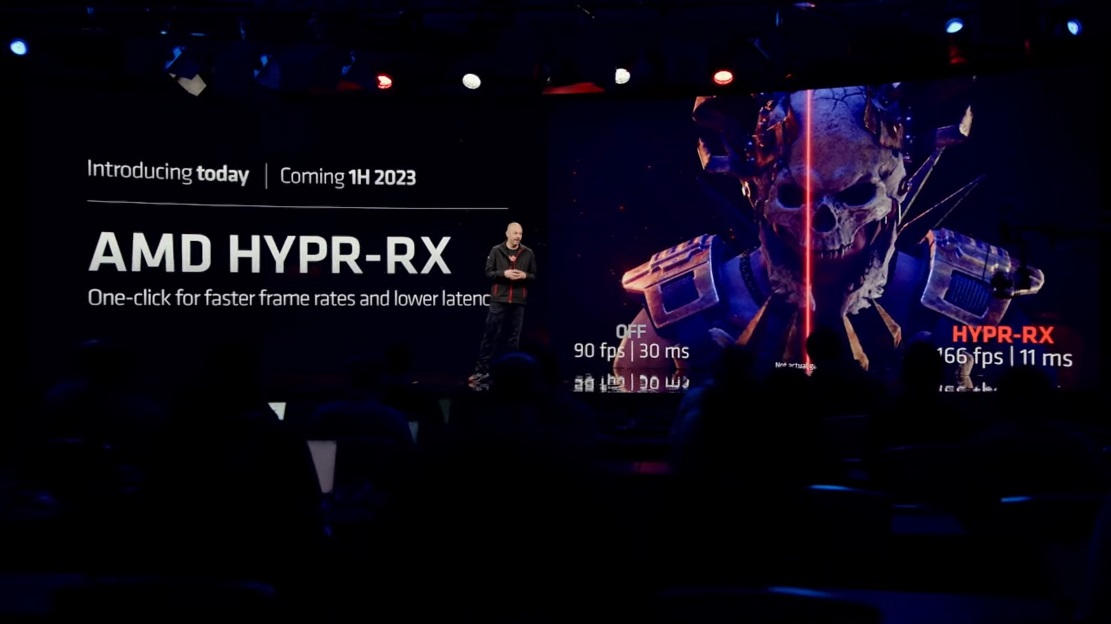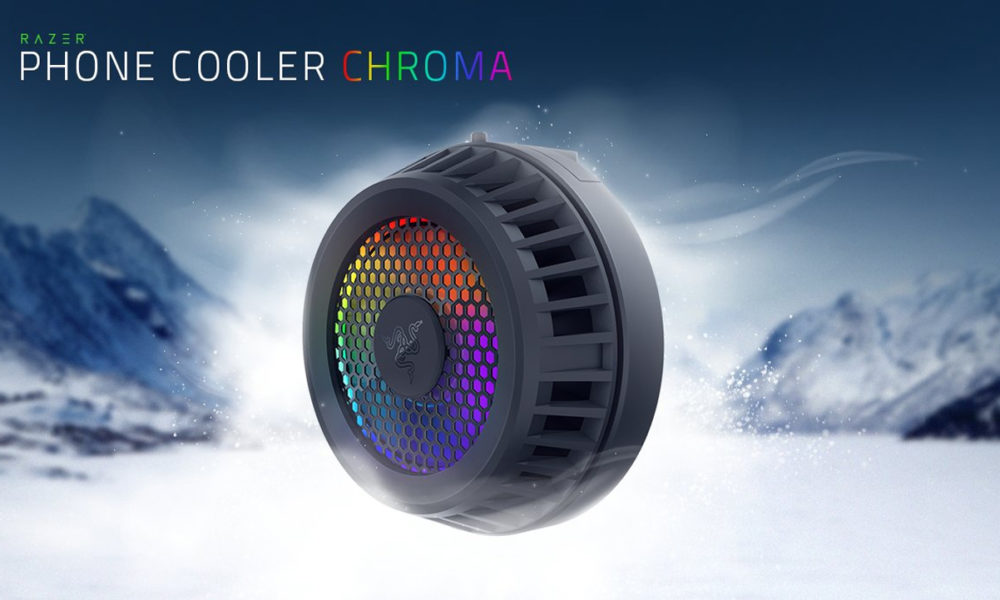
The Radeon RX 7900 XT and Radeon RX 7900 XTX were the big stars of the event held yesterday by AMD, there is no doubt about that, but the Sunnyvale giant had two aces up its sleeve and did not hesitate to use them to generate greater expectation : FSR 3 and HYPER-X technology.
About the FSR 3 we already gave you a first dose of information in June of this same year, and We tell you that this new technology:
- It could be exclusive to the Radeon RX 7000.
- It would be based on artificial intelligence algorithms to improve the final result.
- It would use hardware acceleration, probably specialized AI cores.
Everything we tell you has been fulfilled. During the presentation of the Radeon RX 7900 XT and XTX AMD announced FSR 3, a new generation of its well-known image upscaling and reconstruction technology that will be supported by the new specialized AI cores that the Sunnyvale company has introduced with the RDNA3 architecture.
The information we have is still pretty scant, unfortunately, but we do know that FSR 3 technology can double performance versus FSR 2, and that it will be compatible with something called «Fluid Motion Frames Technology». AMD has not specified anything beyond what has been said, only that it will arrive next year, although pulling my intuition I think it could be a frame generation technology driven by the GPU and artificial intelligence, that is, it would be AMD’s equivalent to framerate offered by NVIDIA’s DLSS 3. If this is confirmed, it would seem to me a success on the part of AMD.
I will be attentive to give you more information as it appears, but I anticipate that in addition to the performance improvement that we have indicated we can also expect a rescaling and higher quality image reconstruction with FSR 3, thanks to AI support. It looks so good, and everything indicates that this technology will indeed be a true rival to NVIDIA’s DLSS.
On the other hand we also have AMD HYPER-X technology. AMD hasn’t given much explanation, so we have a lot of questions about exactly how it will work. At the moment I can only tell you that it will arrive in the first half of 2023, and that in theory it will allow us improve performance and latency in games with a simple click. It may be the direct rival of the union of NVIDIA Reflex and NVIDIA DLSS.
With this technology it is possible to improve the performance of Dying Light 2 by 85%Y latency is reduced to only a third, as we can see in the attached image. Good job by AMD, as the Sunnyvale company has made a significant effort with the Radeon RX 7000 to go beyond raw power and efficiency, and has brought to the table an interesting technological leap on all fronts: specialization, intelligent rescaling, optimization and ray tracing.





